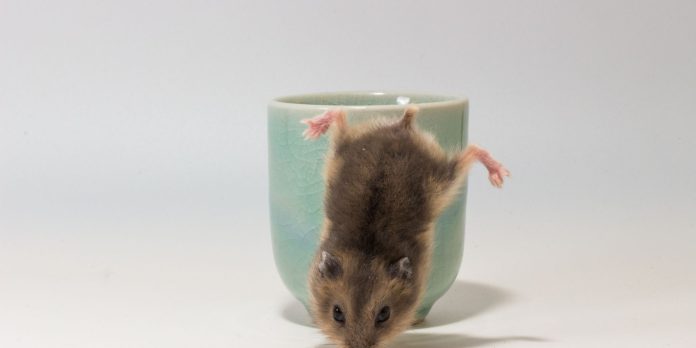Choosing the right bedding for your hamster cage is crucial for the comfort and health of your pet. The bedding material not only provides a cozy place for your hamster to sleep but also helps to absorb waste and reduce odors. This guide will help you select the best bedding materials for your hamster’s home.
Understanding the Role of Bedding in a Hamster Cage
Bedding in a hamster cage serves several important functions, from ensuring a comfortable resting place to maintaining hygiene.
Importance of Quality Bedding
Comfort: Good bedding materials provide a soft and comfortable surface for your hamster to rest and burrow.
Absorption and Odor Control: High-quality bedding absorbs moisture and helps control odors in the hamster cage.
Considerations for Choosing Bedding
Safety and Digestibility: The bedding should be safe if ingested and not cause any respiratory issues.
Easy to Clean: Opt for bedding that is easy to replace and keep clean.
Top Bedding Materials for Hamsters
There are several types of bedding materials suitable for hamsters, each with its own advantages.
Paper-Based Bedding
Recycled Paper Bedding: Soft, absorbent, and dust-free, recycled paper bedding is a popular choice. It’s also environmentally friendly.
Unscented, White Paper: Plain, unscented white paper torn into strips can also be used, but avoid newspaper as the ink can be harmful.
Aspen Shavings
Aspen Wood Shavings: A safe wood option for hamsters, aspen shavings are absorbent and don’t contain harmful oils found in other wood shavings like pine or cedar.
Fabric Bedding
Fleece: Soft and washable, fleece can be used in parts of the cage for added warmth and comfort.
Bedding Materials to Avoid
Not all bedding materials are safe for hamsters, and some can pose health risks.
Cedar and Pine Shavings
Harmful Oils: These woods contain oils that can be harmful to hamsters’ respiratory systems.
Dust and Chemicals: They often contain dust and chemicals that are not safe for small animals.
Scented or Colored Bedding
Artificial Additives: Avoid bedding with artificial scents or colors as they can be harmful if ingested and cause allergic reactions.
Setting Up Bedding in the Hamster Cage
Properly setting up bedding in your hamster’s cage is important for their comfort and health.
Layering the Bedding
Depth for Burrowing: Hamsters love to burrow, so provide a layer of bedding deep enough for this natural behavior, usually 2-3 inches.
Even Distribution: Spread the bedding evenly across the bottom of the cage.
Regular Cleaning and Replacement
Spot Cleaning: Regularly remove soiled bedding and replace it with fresh material.
Full Replacement: Fully replace all the bedding in the cage every week to maintain hygiene.
Monitoring Your Hamster’s Reaction to Bedding
Observing how your hamster interacts with their bedding can provide insights into their comfort and health.
Signs of Comfort
Burrowing and Nesting: A hamster that is burrowing and nesting comfortably is a good sign that the bedding is suitable.
Watching for Allergies or Irritation
Respiratory Issues or Skin Irritation: If your hamster shows signs of respiratory distress or skin irritation, consider changing the bedding material.
Conclusion
Selecting the right bedding material for your hamster cage is essential for the well-being of your pet. Paper-based bedding, aspen shavings, and fleece are all excellent choices that provide comfort and maintain cleanliness. Avoid using cedar and pine shavings and any scented or colored bedding. Regular cleaning and observing your hamster’s reaction to the bedding are important to ensure a healthy and comfortable environment. With the right bedding, your hamster can enjoy a cozy and hygienic home.













